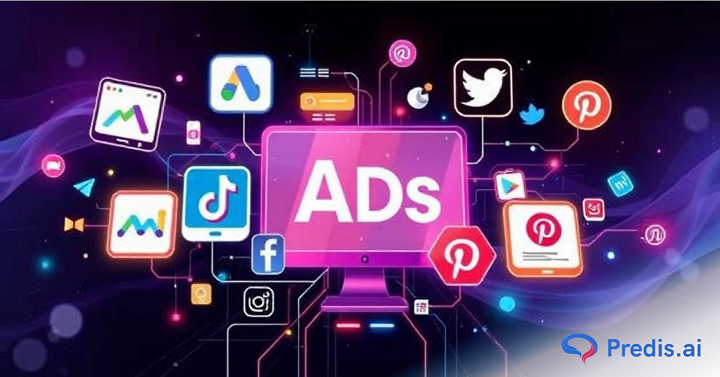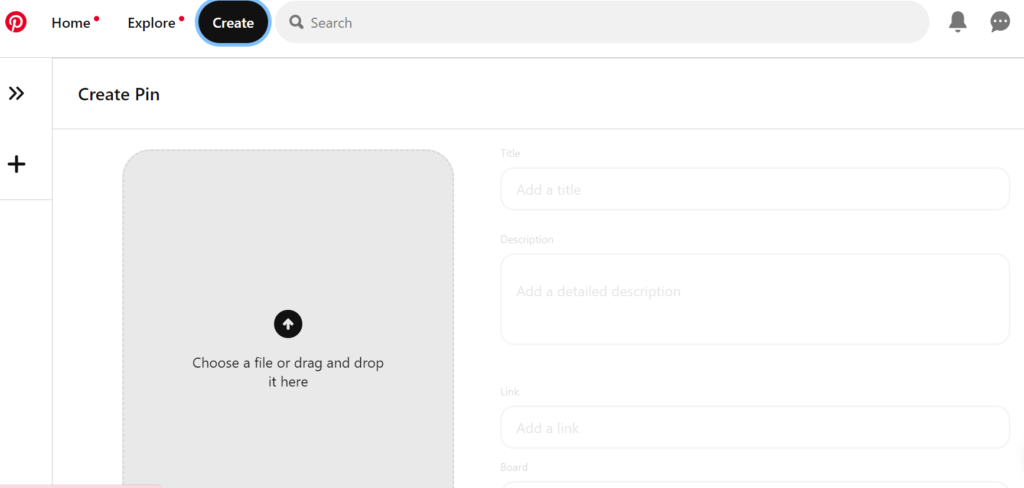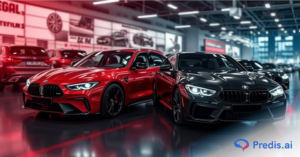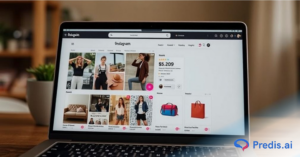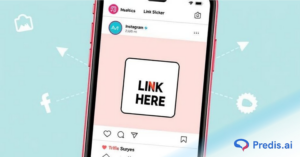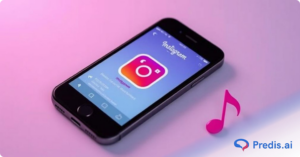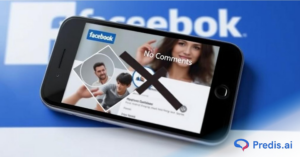Do you use meta ads (Facebook ads) to fuel your marketing efforts? Are you crafting campaigns to target ideal audiences, yet your ads blend in the background? You are not alone!
With over 3 billion active users, the competition for attention is fierce, and ad fatigue is real. Despite their popularity, Meta ads have seen reduced click-through rates and engagement.
That’s why it’s time to break free and explore new horizons! Users are branching out, seeking fresh and engaging content on other platforms. Studies show that brands using different channels significantly boost ad performance.
So, why stick to one avenue when diversifying your ad strategy can unlock so much potential? Join us to explore the best alternatives to Meta ads and unlock new growth opportunities.
What Is the Need for Alternatives to Meta Ads?
Before exploring the alternatives to meta ads, understand why you should consider them. Is your ad strategy a bit stale? Are you curious about how other outlets can lead to better outcomes? Check out these compelling reasons:
- Reach New Demographics: Different platforms attract different user bases. LinkedIn ads are perfect for B2B marketing. Want to target Gen Z or millennials? Go with TikTok ads. Diversifying your ad strategy helps you tap into these unique audiences.
- Increase Engagement: New platforms keep your content fresh and engaging. For instance, Twitter’s real-time engagement offers chances to connect with audiences in various contexts and mindsets.
- Boost Conversions: It’s about the numbers, and they don’t lie. Diverse touchpoints can lead to higher conversion rates. For example, Google Ads allow for precise targeting and retargeting, ensuring your ads reach potential customers.
- Adapt to Changes: Frequent algorithm changes on Meta can hurt ad performance. For example, the privacy features update in Apple’s iOS affected ad targeting and tracking on Meta. Using different channels mitigates these risks and keeps your campaigns stable.
Example: In 2023, Barbie launched an AI-powered selfie generator, an iconic example of multiplatform success. It allowed users to create personalized Barbie posters and share them on social media. The outcomes?
- Viral Spread: The campaign went viral. Users interacted with the selfie generator over 13 million times.
- Massive Engagement: Celebrities like Rihanna and Pedro Pascal took part, boosting visibility.
- Brand Connection: Personalized experiences fostered stronger emotional connections with the brand.
Ready to join the ranks of savvy marketers who’ve found success beyond the Meta universe? Check out the best alternatives to meta ads and transform your marketing game!
Top 5 Alternatives to Meta Ads: Unleash the Power of Diverse Channels
Here are the top alternatives to Meta ads that can elevate your marketing strategy and expand your reach:
1. Google Ads: Powerhouse in Digital Marketing
Imagine your ad appearing just as someone searches for what you offer. Google Ads makes this possible, placing your brand at the perfect moment of intent.
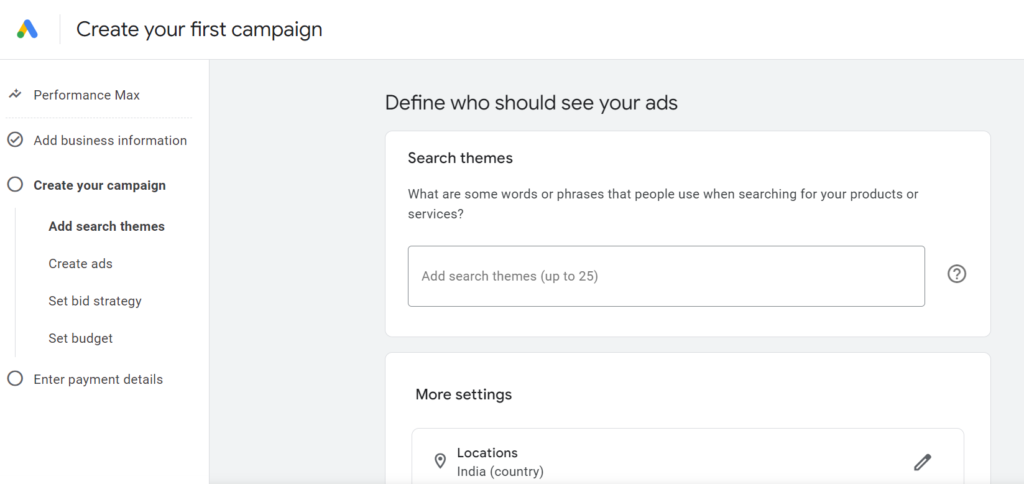
Ad Formats:
- Text Ads: Show up in search results, targeting users with relevant keywords.
- Display Ads: Image or video ads on the Google Display Network, perfect for building brand awareness.
- Video Ads: Run on YouTube and across the web, engaging users with compelling content.
Why Google Ads?
- Massive Reach: Google dominates 82% of the global search market. Your ads can appear across millions of websites and apps, ensuring broad exposure.
- Detailed Analytics: Google provides exhaustive data on ad performance. You can track clicks, impressions, and conversions to refine your strategies and achieve better results.
- Cost Control: With Google Ads, you have complete control over your budget. Set daily budgets and adjust bids to ensure you spend what you can afford.
- High Intent: Google users are often in the decision-making phase. On average, businesses earn $2 for every $1 spent on Google Ads.
Cons:
- Complexity: New users might find Google Ads overwhelming due to many features and options.
- Competitive: Certain keywords and industries are super competitive, making it expensive to bid on popular terms.
- Demands Management: Google Ads campaigns need regular tracking and adjustment.
Pro Tip: Use Google’s Keyword Planner to identify high-intent keywords and refine your targeting. Understand what your potential customers are searching for and craft ads that resonate.
Turn text into engaging Display Ads with Predis.ai’s Google Display Ads Maker—boost your ad clicks and engagement! Leverage the power of AI to make Display ads that convert.
2. LinkedIn Ads: B2B Marketing Mastery
Imagine targeting professionals based on job titles, industries, companies, and more. LinkedIn Ads make this possible by positioning your brand in front of decision-makers.
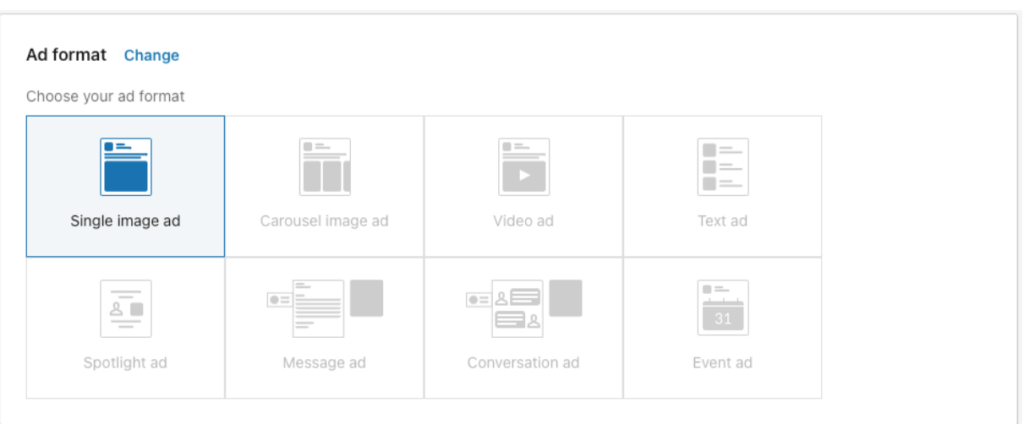
Ad Formats:
- Sponsored Content: These ads appear in the LinkedIn feed, which is perfect for native advertising. Engage users with rich formats like images, videos, and carousel ads.
- Sponsored InMail: Delivers personalized messages to LinkedIn inboxes. Ideal for direct communication about business events, webinars, or special offers.
- Text Ads: short, concise ads that appear on the LinkedIn sidebar. These are great for straightforward messaging.
Why LinkedIn Ads?
- Professional Audience: LinkedIn is the top platform for B2B marketing. With over 1 billion users, it’s a treasure trove for targeting professionals.
- Precise Targeting: Target by job title, industry, company size, and more to ensure your ads reach the right audience.
- High Engagement: LinkedIn ads deliver 2x higher engagement rates than other digital platforms. LinkedIn users are in a professional mindset, making them more receptive to business-related ads.
- Lead Generation: LinkedIn ads are 277% more effective at yielding leads than Meta ads. Also, brands leveraging these ads saw a 33% surge in purchase intent.
Cons:
- Cost: LinkedIn ads can be more expensive compared to other platforms.
- Niche Audience: While ideal for B2B, it might not suit campaigns targeting broader, non-professional audiences.
- Learning Curve: Like Google Ads, LinkedIn Ads mandate a solid understanding of effective optimization.
Pro Tip: Use LinkedIn’s Matched Audiences feature to retarget website visitors and nurture leads with personalized content.
Boost your LinkedIn ads with Predis.ai’s AI-powered LinkedIn Ads Generator. Elevate your LinkedIn ads game with smart ad creation.
3. TikTok Ads: Capturing Gen Z and Millennials
Imagine creating engaging, short-form video content that can go viral. TikTok Ads makes this possible, offering a unique way to connect with a younger audience.
Ad Formats:
- In-Feed Ads: Appear in users’ feeds as they scroll through TikTok.
- Brand Takeovers: Full-screen ads that appear when you open the app.
- Hashtag Challenges: Encourage users to create content around a specific hashtag.
Why TikTok Ads?
- Massive User Base: TikTok has over 1.5 billion active users, predominantly under 30. It makes TikTok a prime platform for reaching youth.
- High Engagement: Did you know that users spend an average of 58 minutes daily on TikTok? Your content has more opportunities for visibility and better interactions.
- Creative Freedom: The platform encourages entertaining ads that echo with younger audiences. It’s a playground for brands to experiment with fun and authentic content.
- Virality: TikTok’s algorithm boosts content discovery, making it easier for your ads to go viral. A single well-crafted video can skyrocket in views, shares, and likes.
Cons:
- Content Creation: Needs a focus on creating engaging, high-quality video content from blogs.
- Brand Suitability: Targeting older demographics or more serious industries? TikTok’s playful nature might not align.
- Limited Reach: TikTok is banned in some countries, like India, which can hinder your global reach.
Pro Tip: Leverage TikTok’s Creator Marketplace to collaborate with influencers. This tactic will help amplify your brand’s message.
Create captivating TikTok ads that capture attention and drive action with Predis.ai’s TikTok Ad Maker. Generate branded ads that can increase clicks and conversions.
4. Pinterest Ads: Visual Discovery for Creative Brands
Pinterest isn’t only for DIY projects and recipes. It’s a powerful visual discovery platform, especially for brands in fashion, home decor, beauty, and lifestyle industries.
Ad Formats:
- Promoted Pins: Standard pins that appear in the home feed and search results.
- Video Pins: Engage users with compelling video content.
- Buyable Pins: Also known as ‘Shop the Look,’ enables direct buys from the pin itself.
- Carousel Ads: Allows different images to deliver a richer story or showcase various products.
Why Pinterest Ads?
- Intent-Driven: Pinterest has over 518 million active users. 80% of them feel inspired by the app’s shopping experience, which leads to higher conversion rates.
- Cost Efficiency: Pinterest ads cost less per click than other platforms. Plus, they are 2.3x more cost-efficient for conversions than other platforms.
- Longer Ad Lifespan: Pins have a longer lifespan than other social media posts. It can continue driving traffic and engagement for months, providing long-term value.
Cons:
- Niche Audience: Best suited for fashion, home decor, and food brands.
- Learning Curve: Demands understanding of how to create stunning pins.
Pro Tip: Use Pinterest’s Trends tool to identify popular keywords and topics. This strategy will ensure your ads align with what users are searching for.
5. Twitter (X) Ads: Real-Time Engagement
Imagine your ads tapping into trending topics and real-time conversations. Twitter Ads makes this possible, offering a dynamic platform for impactful marketing.
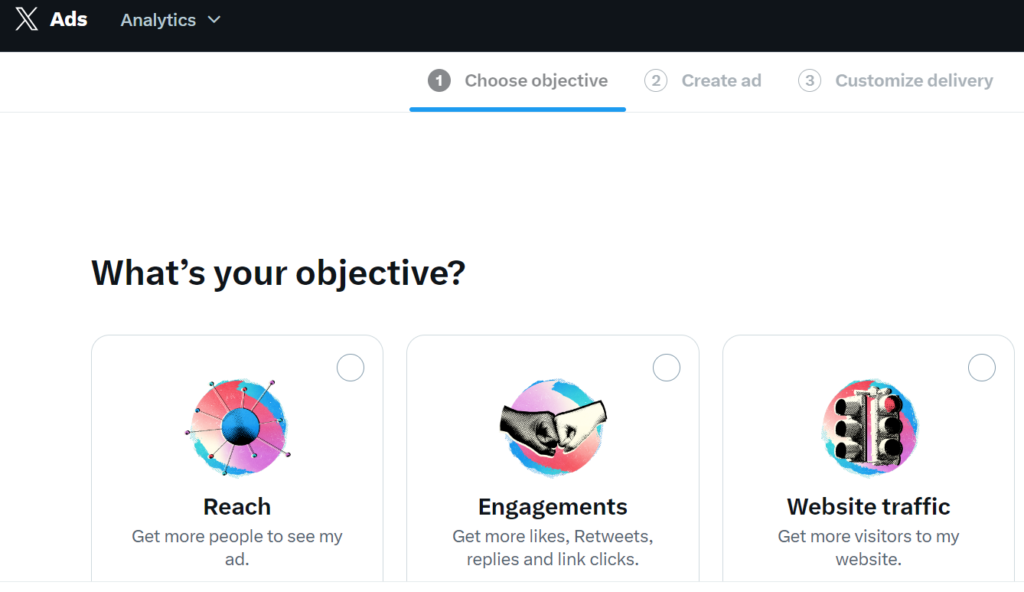
Ad Formats:
- Promoted Tweets: Appear in users’ timelines and search results, blending with organic content.
- Promoted Accounts: Increase your follower base by helping users discover your account.
- Promoted Trends: Highlight your hashtag at the top of the trending topics list.
Why Twitter Ads?
- Real-Time Engagement: Capitalize on current events and trending topics, making your brand part of the conversation.
- Broad Reach: With 335 million monthly active users, Twitter provides a vast audience to engage.
- Cost-Effective: Twitter Ads often have a lower cost per click (CPC) than other platforms, offering more bang for your buck.
- High Interaction: Twitter users are more interactive and ideal for engagement-focused campaigns.
Cons:
- Short Lifespan: Tweets have a brief shelf life and need frequent updates to stay relevant.
- Ad Clutter: The high volume of ads can make it difficult to stand out and capture attention.
- Complexity: Success requires familiarity with Twitter’s unique culture, trends, and user behavior.
Pro Tip: Use Twitter’s Analytics to track the ad’s performance and refine your strategy in real-time.
The Final Takeaway
Exploring alternatives to meta ads isn’t only an intelligent approach—it’s a game-changer. Diversifying your ad channels reduces risk, reaches new audiences, and optimizes spending. Each platform in our list offers unique perks and precise targeting to meet your goals.
As you dive into these new ad spaces, let Predis.ai be your creative powerhouse. Craft stunning visual content that grabs attention and stands out everywhere.
Ready to level up your marketing strategy? Start exploring these alternatives today and let your ad campaigns flourish with Predis.
Use Predis.ai Facebook Ad Maker to generate compelling ad copy effortlessly. You can also use the Social Media Ad Copy Generator to create engaging ad copies for various platforms like Google Ads, LinkedIn Ads, TikTok Ads, Pinterest Ads, and Twitter Ads.


